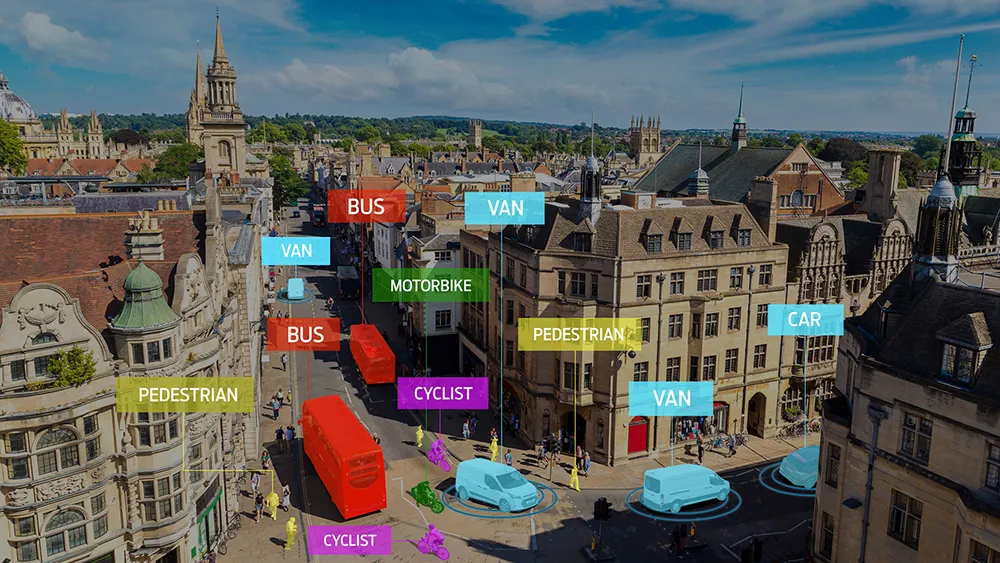The list of 73 junctions is now being considered in detail to assess what can be done to make them safer. The current list includes some that have had work recently completed, some have work planned and others require new safety studies.
21 junctions have had significant improvements made within the last three years. These will now be monitored to ensure that the casualty levels significantly reduce and that lessons are learnt to improve the future design and construction of projects.
33 junctions have improvements planned within TfL’s current business plan. Design work on other junctions within the list of 73 continues and 19 junctions will undergo new safety studies to identify possible solutions and safety improvements.
Improving the safety of the Capital’s junctions is a central part of the Mayor’s US$2.7 billion (£2.1 billion Healthy Streets approach, which aims to create more attractive, accessible and people-friendly streets.
New roads targeted in updated Safer Junctions programme
London’s Walking and Cycling Commissioner, Will Norman, has named the 73 junctions in the Capital with the worst safety records as he unveiled a new approach to delivering improvements for pedestrians and cyclists. Transport for London’s (TfL’s) new analysis uses the last three years of casualty figures on the TfL road network to identify the junctions with the poorest safety records so that they can be targeted for work. This analysis will now continue each year as part of a new approach that will see work
April 20, 2017
Read time: 2 mins
London’s Walking and Cycling Commissioner, Will Norman, has named the 73 junctions in the Capital with the worst safety records as he unveiled a new approach to delivering improvements for pedestrians and cyclists.










